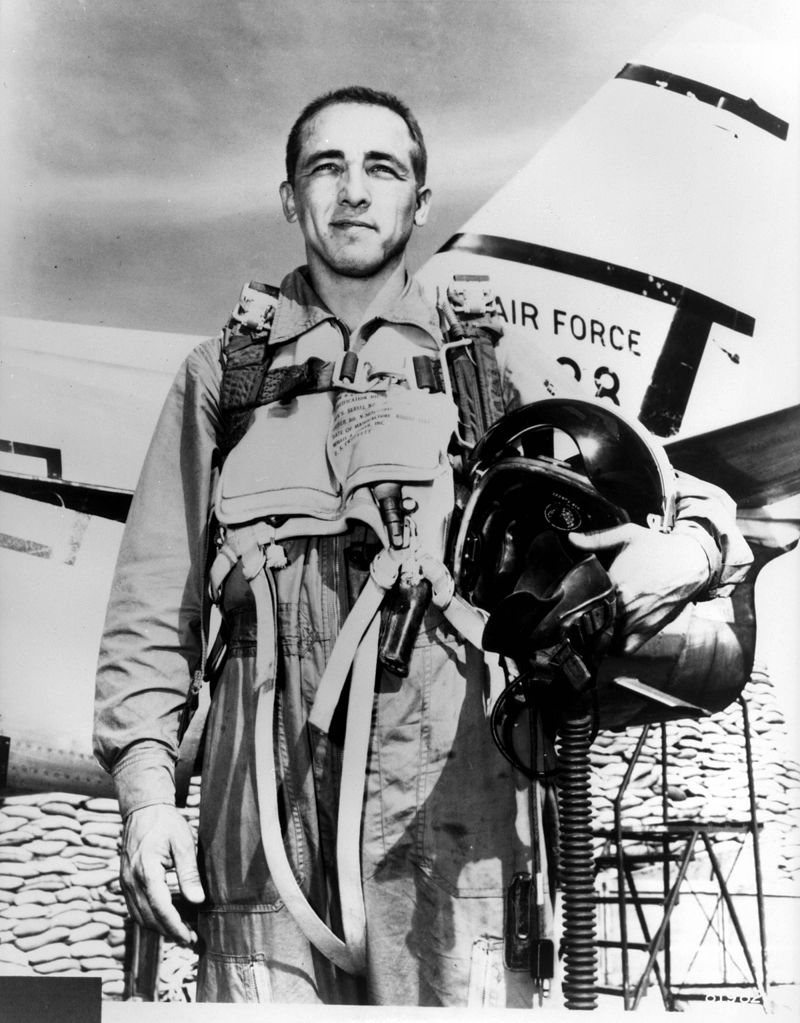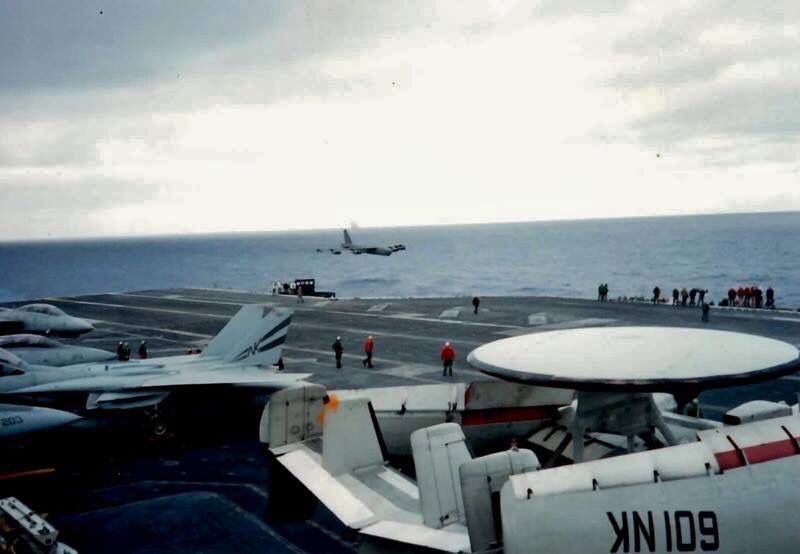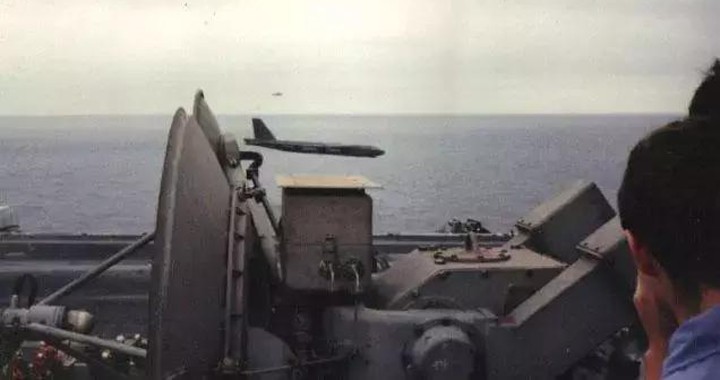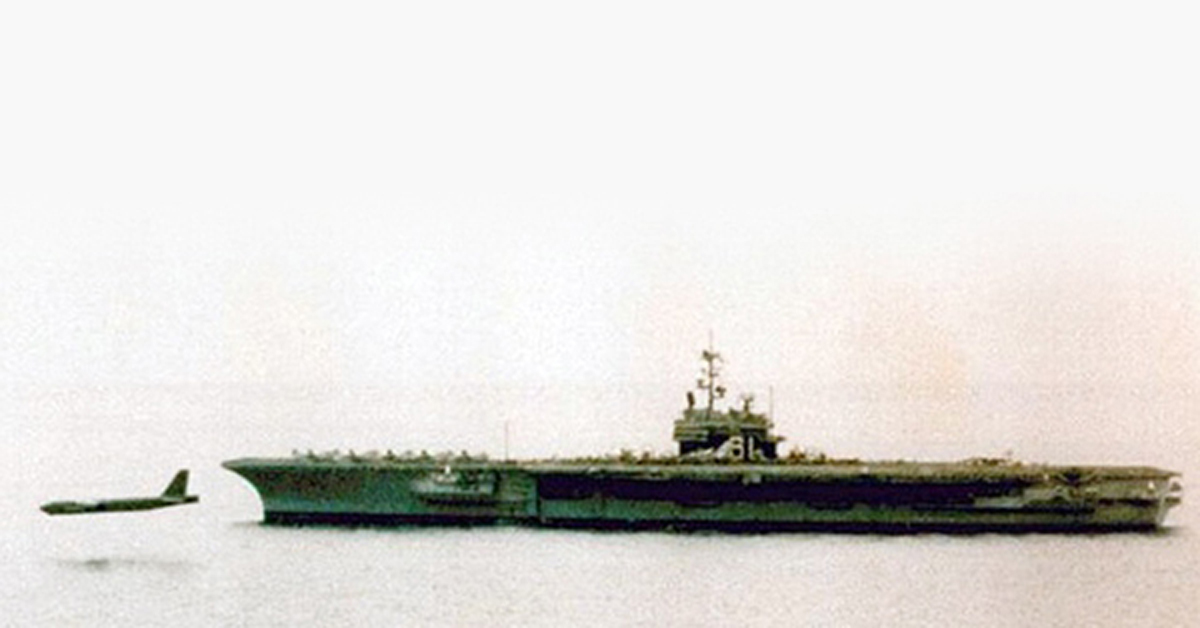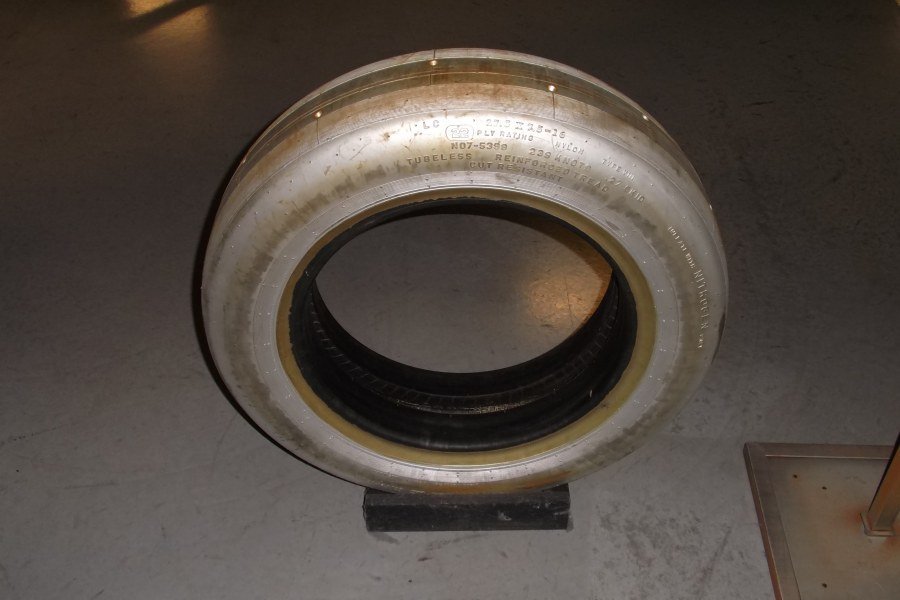‘Airspeed indicators were on one side, attitude indicators were on the other, altimeter gauges were in the middle, and we couldn’t even tell what time it was. It was a nightmare,’ said Richard “Butch” Sheffield, first SR-71 Blackbird RSO
The SR-71 Blackbird collected intelligence during its service in some of the most dangerous locations on Earth. The SR-71 was designed to capture images and use its sensors to detect electronic surveillance to fly close to the enemy’s border in a safe manner. All of that and more were managed by the Reconnaissance Systems Officer (RSO).
The officer running the pilot’s checklist in the SR-71 was known as the RSO. He had to know his job and the Pilot’s job. He handled the navigation in the SR-71 in the event that the pilot needed to make an emergency landing, which occurred more frequently than you could imagine. He would question his RSOs, “Where am I landing?” and get precise coordination from them.
The SR-71’s cockpit was rearranged prior to the aircraft’s maiden flight. This cockpit’s arrangement was quite costly, and it still wasn’t functional.

Captain Richard “Butch” Sheffield, at the time, was the first person selected for the SR-71 program. He was hired by Colonel Doug Nelson outside of the B-58 program. After five years in the B-58, he had a perfect bomb-run record.
Captain Sheffield was then sent down to Southern California after departing from Little Rock Air Force Base (AFB) and arriving at Beale AFB in California. In Palmdale, California, at Skunk Works, he attended flight test school. The class was taught on the top floor by a Lockheed employee, Kelly Johnson, and Ben Rich.
The RSO Cockpit was modified because Captain Sheffield, Coz Mallozzi, and Tom Schmittou—the first three RSOs selected for the program—did not like what they saw in it. It was very expensive to rearrange the cockpit, but simply wasn’t functional. In order to avoid the program failing, Scheffield, Schmittou, and Mallozzi insisted that the cockpit be redone, which they did.
This is a short story by Colonel Richard “Butch” Sheffield from one of his unpublished books.

‘While attending class at the Skunk Works, I saw the insides of the Navigators’ (later the RSO cockpit) of the SR-71. I asked one of the Lockheed SW engineers who designed the layout, and his response was, “NO ONE.” He went on to say that Kelly told us to put the instruments “anywhere they would fit.” What a mess! Airspeed indicators were on one side, attitude indicators were on the other, altimeter gauges were in the middle, and we couldn’t even tell what time it was. It was a nightmare. We, the first three SAC Navigators who were headed for Edwards, Beale, and back to Strategic Air Command (SAC) went to see test force personnel who could see we were upset at the lack of design for the RSO human factors layout.
‘They said that it would cost money to rearrange the RSO backseat. We said that the SAC crews would not sign off on this type of cockpit arrangement. When they saw that we were serious and would hang tough, they gave us a phone number in Washington, D.C., to ask for help obtaining the funds to rearrange the cockpit. We made a classified call, and the person on the other end of the line listened and said, “I will tell the Skunk Works (SW) to do as you say”.
‘The person I was talking to was Tom Jones, and he was in the National Reconnaissance Office (NRO) program “D” office in Washington.
‘NOTE: IN 1976–1979, TOM AND I WORKED TOGETHER IN THE PENTAGON WHEN I WAS CHAIRMAN OF THE SPECIAL RECONNAISSANCE GROUP (SRG). THE SRG HAD REPLACED THE NRO PROGRAM “D”.’
Check out the Habubrats Facebook page and Born into the Wilde Blue Yonder for further Blackbird photos and stories.
Photo by U.S. Air Force




